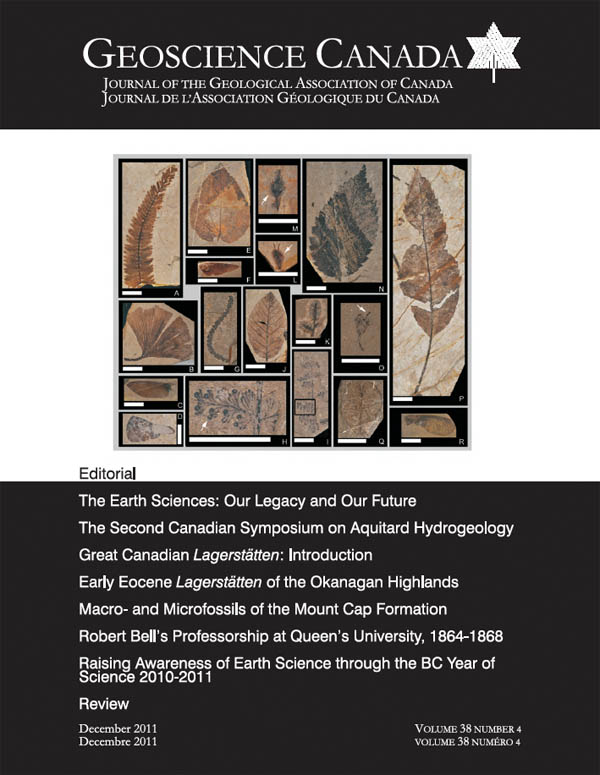Copyright ownership:
Authors submitting articles to the Geological Association of Canada (GAC) for publication are considered to be the owner and originator of all material contained within. Extensive quotation or usage of previously published material requires proof of reprint permission from its owner.
Upon acceptance for publication, all copyright ownership transfers to GAC.
Fair Dealing/Fair Use policy:
Permission to use a single figure or table from any one article published by GAC (including those appearing in a Special Paper, Short Course Notes volume, GeoText, Geolog issue, Geoscience Canada issue and Geoscience Canada Reprint Series volume, and - through agreement with their publishers - Paleontographica Canadiana and Paleontology Division publications) is considered 'fair dealing' under the Canadian Copyright Act and 'fair use' by GAC, and no other permission need be granted, subject to the image being appropriately cited in all reproductions. The same fair dealing/fair use policy applies to sections of text up to 100 words in length.
Publishers requiring written permission should be advised that charges may apply.
Copying/Coursepacks:
GAC is a Publisher affiliate of Access Copyright, the Canadian copyright licensing agency. Refer all copying inquiries to Access Copyright:
The Canadian Copyright Licensing Agency
56 Wellesley Street West, 3rd Floor
Toronto, Ontario
M5S 2S3
www.accesscopyright.ca
1-800-893-5777
416-868-1620
416-868-1621 (fax)
info@accesscopyright.ca
